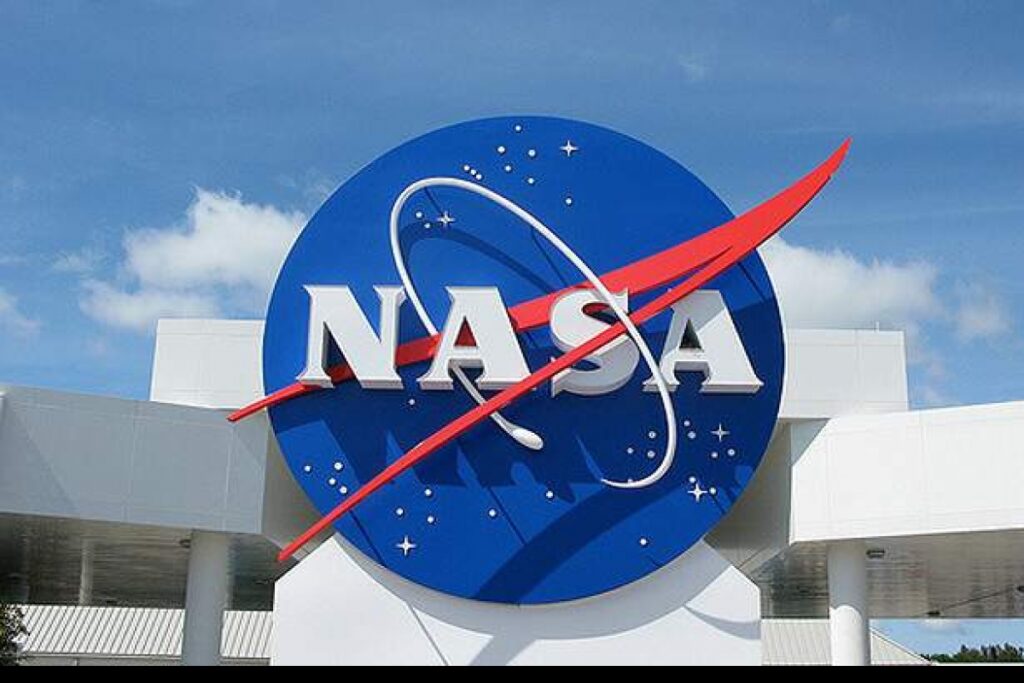NASA and its peers all through the planet coordinated a “table-top” exercise a month prior to choose the time scientists will adopt to appreciate and find strategies to thwart a catastrophic collision of a moving toward asteroid into the Earth. The simulation was theoretical and expected to allow scientists time to get ready for such conditions if that in some way or another figured out how to arise. They set the circumstance: a mysterious asteroid from around 35 million miles (56.3 million kilometers) away is coming towards Earth and is depended upon to hit the planet in a half year. Scientists plunked down for seven days starting April 26 to configuration ways to deal with stop or change the direction of the speculative asteroid, named 2021 PDC.
NASA Exercise Gives Shocking Results
The participants were given information about the asteroid reliably, which tended to a month in the exercise timeline. The asteroid was made plans to be wherever some place in the scope of 35m and 700m in size. Over the long haul, the scientists began making information. Finally, on Day 2, they confirmed that the asteroid impact will happen in a half year across a colossal region, which joins Europe and Northern Africa. Before the week’s finished, they said with some degree of conviction that the asteroid would hit among Germany and the Czech Republic.
The scientists later contemplated that at present there was no technology available to keep a tremendous asteroid from getting out the world. For deflecting the asteroid, they added, extra time than a half year would be required. The scientists said in a statement that at whatever point faced with the theoretical circumstance, in reality “we would not have the choice to dispatch any spacecraft without earlier notice current capacities.”
They similarly said that usage of a nuclear explosive device to agitate the asteroid could diminish the peril of mischief even without a sensible appreciation of asteroid properties. In any case, the limit of ordinary nuclear explosive devices to intensely upset near-Earth objects may not be agreeable for greater asteroids.
